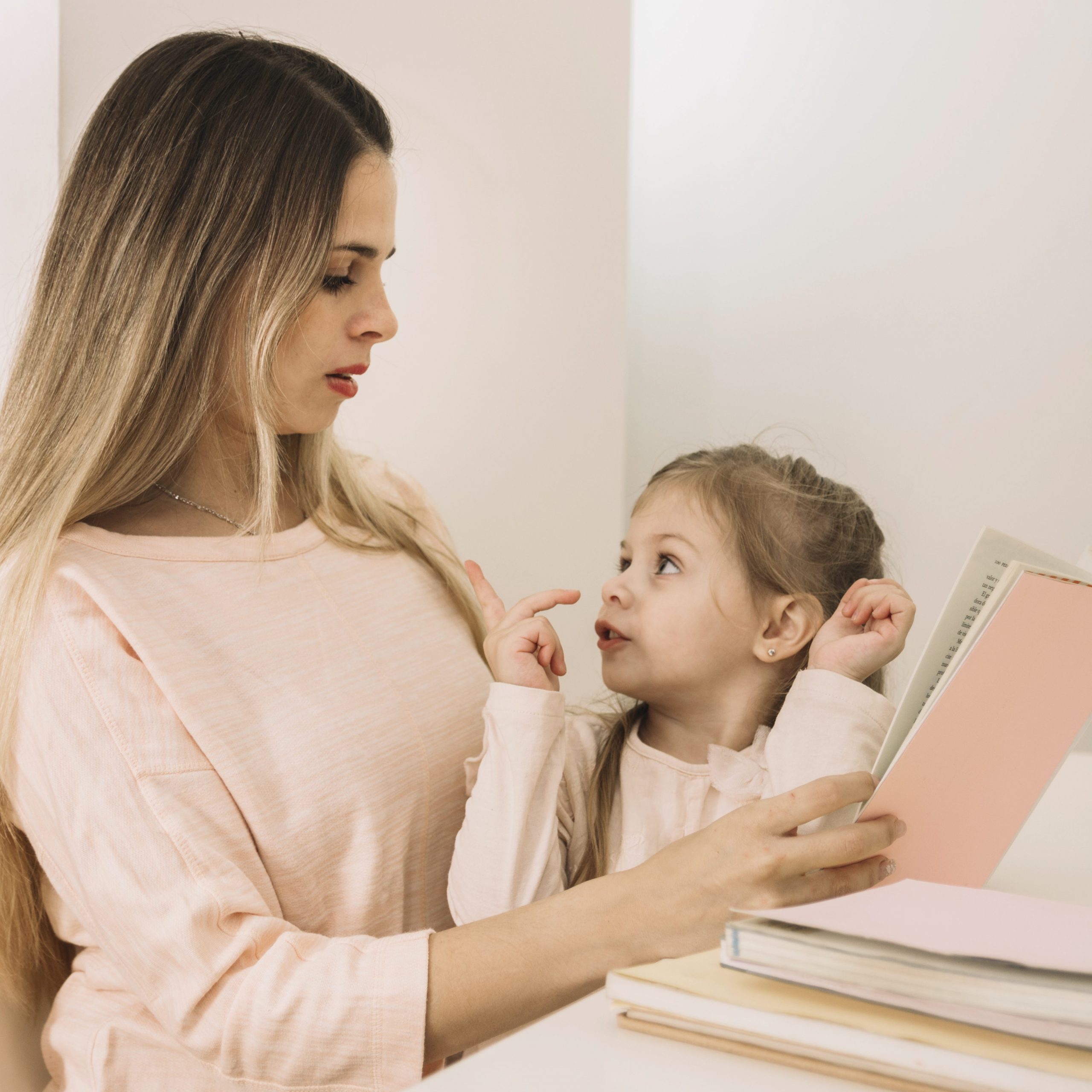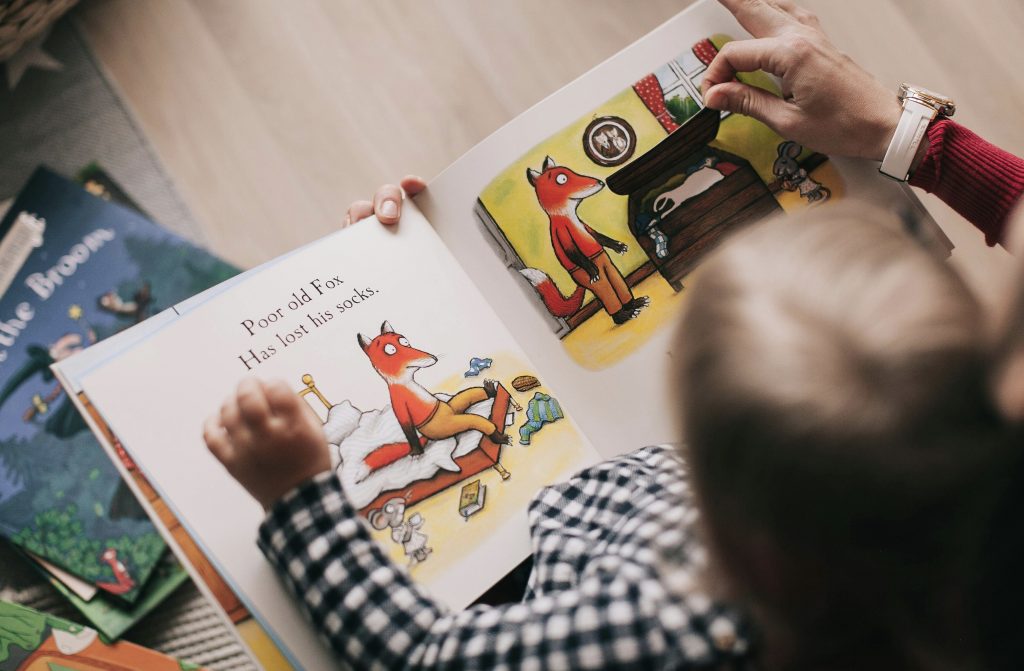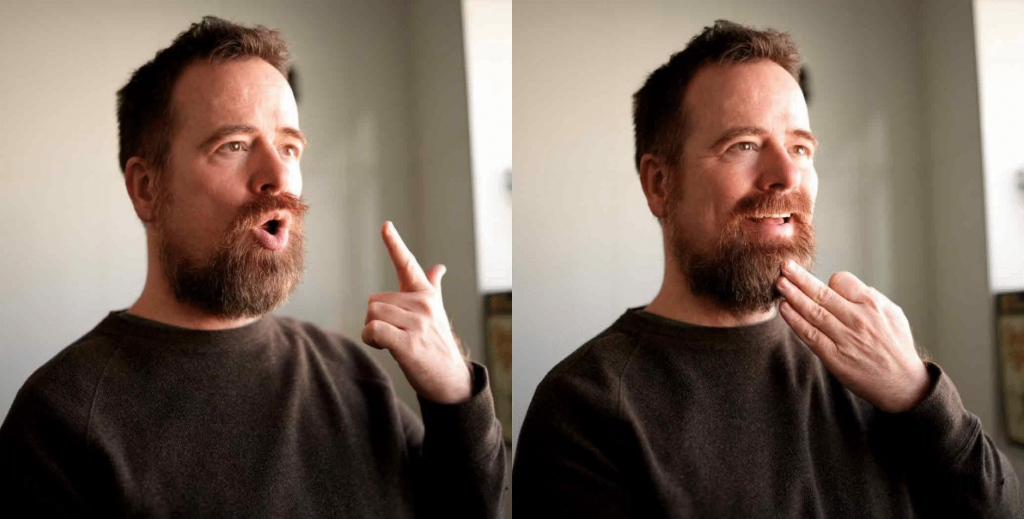The path to literacy for Deaf individuals is unique compared to hearing individuals, as they navigate a spoken language-centric world to master reading. This blog unravels the strategies and experiences that enable literacy development within the Deaf community.

Image by Freepik.
From birth, Deaf infants are frequently exposed to visual forms of communication, such as sign language, fingerspelling, or other visual tools used by parents and caregivers. This early visual language exposure shapes their understanding of communication and lays the groundwork for developing future literacy skills.
Bilingual Approach
Many Deaf individuals lead bilingual lives, fluent in sign language and the written/spoken language of their community. This bilingualism fosters cognitive flexibility, enabling them to easily switch between visual-gestural and written-phonetic communication.
Visual Communication Systems
Through out history, visual communication systems have developed. These systems do not have enough of their own syntax and grammar to be called a language. Many of these communication systems were developed as a bridge between English and American Sign Language by parents and educators who were driven by the fear that their Deaf children or students would not be literate.
Cued Speech
Cued Speech is a visual communication system designed for the deaf. It complements spoken language by using a set of handshapes and placements near the mouth to represent different speech sounds.
Unlike traditional sign languages, Cued Speech is a phonetic-based system that provides a visual representation of the spoken language’s phonemes. This makes it a valuable tool for language acquisition and communication for the deaf community. It offers a visible distinction between sounds that may be challenging to differentiate solely through lip-reading.
Signed Exact English (SEE)
Signed Exact English is English syntax and grammatical structure with American Sign Language signs. Oftentimes the ASL signs are “initialized”, which means using the ASL fingerspelled letter that represents the first letter of an English word as the handshape for a sign.
This visual communication system also uses words like “and”, “it”, “the”, “to” and other similar words that are typically dropped in American Sign Language.
As a rule of thumb, for an English to Signed Exact English translation, every English word has it’s own sign in exact English word order.
Pigeon Signed English (PSE)
Pigeon Signed English is a more popular visual communication system than Cued Speech and Signed Exact English. Pigeon Signed English combines American Sign Language signs with a blend of ASL and English grammatical structure and syntax.
Words like “and”, “it”, “the”, and “to” are dropped, like they are in American Sign Language.
The grammatical structure for this visual communication system fluctuates between heavily English grammar influenced to heavily ASL grammar influenced.
Oftentimes Deaf people who are fluent in American Sign Language will switch into a more Pigeon Signed English sign system when communicating with newer signers or signers who aren’t fluent to help them communicate easier.
Interactive Storytelling for Deaf Literacy
Storytelling fosters literacy, whether through sign language, written language, a visual communication system, or all of the above. Interactive storytelling sessions allow Deaf individuals to engage with narrative structures on a deeper level, as sign language’s visual and expressive nature enhances understanding.
Historically, for Deaf people, there has been a lack of accessibility to many of the storytelling methods hearing people enjoy such as movies, books, and television shows.
While closed captions can provide some accessibility for Deaf people who can already read, it doesn’t provide accessibility to young children or those who aren’t strong English readers.
With the advance in technology and loud voices of accessibility in Hollywood, we’ve seen a lot more accessible storytelling lately.
Books for Deaf Children
In recent years, we have seen more accessibility in signed versions of books for Deaf children. This allows Deaf children who are working on their literacy skills to connect the English words on the page to the signs that they use everyday to communicate.
In this video, the Colorado School for the Deaf and Blind tells the story of the book Alexander and the Terrible, Horrible, No Good, Very Bad Day.
Movies for Deaf Children
Many classic children’s movies do not have on-screen American Sign Language interpretation. In the last five years, the number of movies that offer this service has slowly grown, but it is still not nearly as accessible as it should be.
The easiest place to find interpreted children’s movies is from the Google Chrome extension SignUp Captions. Originally funded with money made from dog walking, teenage entrepreneur Mariella Snow started this company to provide ASL accessibility specifically with children’s movies. Sign Up Captions now offers ASL, BSL, and ISL interpretations.
Most recently, the streaming service MAX released an ASL interpreted version of the Barbie Movie. This is a huge step forward in accessibility for Deaf storytelling and literacy. MAX is the first streaming service to offer on-screen interpretation for a movie.
Individualized Approaches
Recognizing the range of backgrounds and experiences within the Deaf community, educators and learners frequently take personalized approaches to literacy instruction. Customizing teaching strategies to meet each learner’s distinct learning needs and preferences helps every student maximize their potential as a reader.

Technology and Multimedia Resources
Technological advancements have created new opportunities for Deaf individuals to develop literacy skills. Educational apps, multimedia resources, and e-books featuring sign language offer interactive, dynamic learning that reinforces reading comprehension through visually accessible formats.
Various different technology options are helpful in the realm of Deaf literacy as some technology that works for some children might not work for all. This is especially true when considering the range of linguistic experiences amongst the Deaf community.
Cultural and Community Engagement
For Deaf individuals, Deaf culture and community are integral to their literacy journey, as they often engage with literature reflecting their cultural and linguistic experiences. This fosters a sense of identity and connection to the broader Deaf community.
Prior to books and movies that are popular amongst hearing children becoming more accessible, Deaf people made and performed their own stories. ASL poetry and ASL plays by companies like Deaf West Theatre have been popular for many years.

Despite facing linguistic barriers, Deaf individuals demonstrate remarkable resilience and adaptability in their path to literacy. They creatively navigate the world of words through visual communication, bilingualism, interactive learning, and technology. Their inspiring journey of persevering to become literate contributes to a more inclusive society that celebrates diverse forms of literacy acquisition.
Until next time, ta ta! 😄🤟🏻





Comments